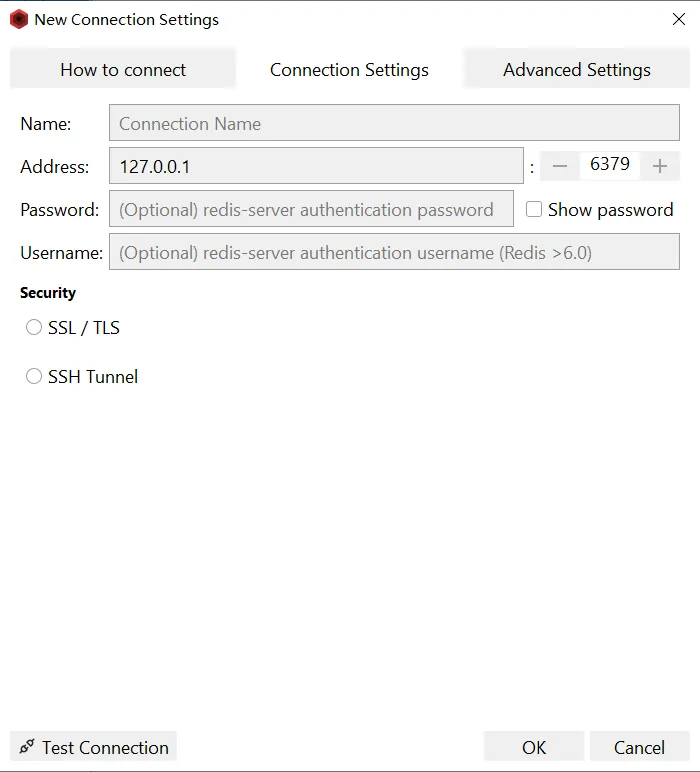Redis Set
In Redis, a Set is an unordered collection of unique String elements. This means that duplicate values are not allowed within a Set.
The Set’s underlying data structure can either be an intset or a hashtable.
Since Redis Sets are implemented using hash tables, the time complexity for adding, removing, or checking for members is O(1).
A Set can have a maximum of 2^32 - 1 (4,294,967,295) members, which means each Set can store over 4 billion elements.
Example
1 | 127.0.0.1:6379> SADD s_db redis |
In the above example, we used the SADD command to add three elements to the set named s_db. When attempting to add "mysql" a second time, Redis returns 0 since it already exists in the Set.
Common Redis Set Commands
Here’s a list of basic Redis Set commands:
| No. | Command & Description |
|---|---|
| 1 | SADD key member1 [member2]Add the specified members to the set stored at key. |
| 2 | SCARD key |
| 3 | SDIFF key1 [key2] |
| 4 | SDIFFSTORE destination key1 [key2] |
| 5 | SINTER key1 [key2] |
| 6 | SINTERSTORE destination key1 [key2] |
| 7 | SISMEMBER key member |
| 8 | SMEMBERS key |
| 9 | SMOVE source destination member |
| 10 | SPOP key |
| 11 | SRANDMEMBER key [count] |
| 12 | SREM key member1 [member2] |
| 13 | SUNION key1 [key2] |
| 14 | SUNIONSTORE destination key1 [key2] |
| 15 | SSCAN key cursor [MATCH pattern] [COUNT count] |
All articles on this blog are licensed under CC BY-NC-SA 4.0 unless otherwise stated.



